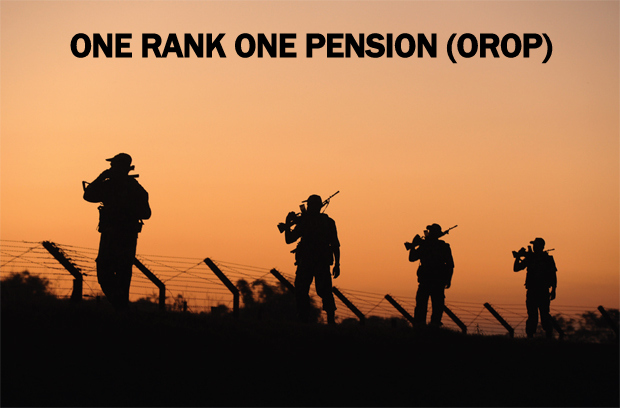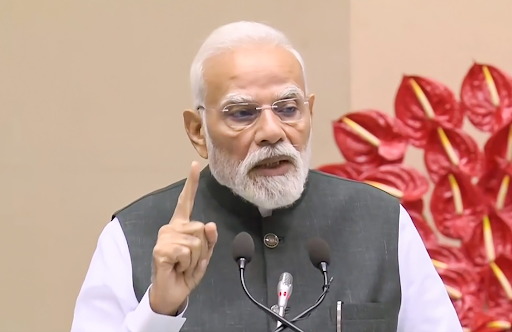Description

Copyright infringement is not intended
Context: The Supreme Court has upheld the Union Government scheme for one rank, one pension (OROP).
Details
- The Supreme Court ruled there was “no constitutional condition” in the way the government had introduced ‘one rank, one pension’ (OROP) among ex-service personnel.
- The scheme, notified by the Defense Ministry in 2015, was challenged by Indian Ex-Service Movement, an association of retired defense personnel.
- The Supreme Court said that there “is not a legal mandate that pensioners who hold the same rank must be given the same amount of pension”.
About one rank, one pension (OROP)
- One Rank One Pension (OROP), or "same pension, for same rank, for same length of service, irrespective of the date of retirement".
- In 1973, the Government terminated ‘One Rank One Pension’ the basis for deciding pension of Indian Armed Forces Personnel through an administrative order.
- In addition, the Government, on the basis of the report of third Pay commission, from which Armed Forces representation was excluded, and which was dominated by bureaucrats, increased the pension of civilians, who retired at 58, from 30 to 50%, a net increase of 20%; and reduced the pension of soldier, with the caveat that for full pension the minimum service was 33 years.
- Before OROP, ex-servicemen used to get pensions as per the Pay Commission's recommendations of the time when they had retired.
- The implementation of the OROP was based on recommendation of the Koshiyari committee, a 10 member all-party parliamentary panel formed under the chairmanship of Bhagat Singh Koshiyari.
- Uttar Pradesh and Punjab have the highest number of OROP beneficiaries.
- Armed Forces Personnel who had retired till 30th June 2014 are covered under OROP.
- Under OROP, there would be a review of the pensions every five years.
Arguments in favor of OROP
- The difference between the pensions of present and past pensioners has grown wide with every pay commission. Veterans argue this is an issue of justice, equity, honor and national security.
- A lower pay status as compared to their civilian counterparts leads to the military personnel having lower morale. This will also affect the serving officers and soldiers.
- Armed forces personnel typically have shorter careers since about 80% of the soldiers compulsorily retire between the ages of 35 and 37. And, about 12% of soldiers retire between 40 and 54 years. This means they retire at far younger ages when compared to the usual 60 years in case of civilians. Therefore, adequate support is required for military personnel to sustain a dignified life.
Arguments against OROP
- The implementation of this scheme will increase annual financial burden between 8,000 to 10,000 crore.
- Some argue that the comparison with civilians is not correct as the armed forces receive many other allowances that are not given to civilians. They get dedicated army schools, colleges, hospitals, subsidized food and beverages, quotas for children in universities and schools, etc. the equivalents of which are not accorded to civilians anywhere.
- Similar demands can also be made by the other paramilitary forces like the CAPF, Assam Rifles, SSB, etc. The police forces have also started making similar demands as even their conditions of service are often tough.
- The implementation of this scheme can also be an administrative challenge due to the lack of records going back decades.
https://indianexpress.com/article/explained/one-rank-one-pension-ex-service-personnel-supreme-court-explained-7823358/











